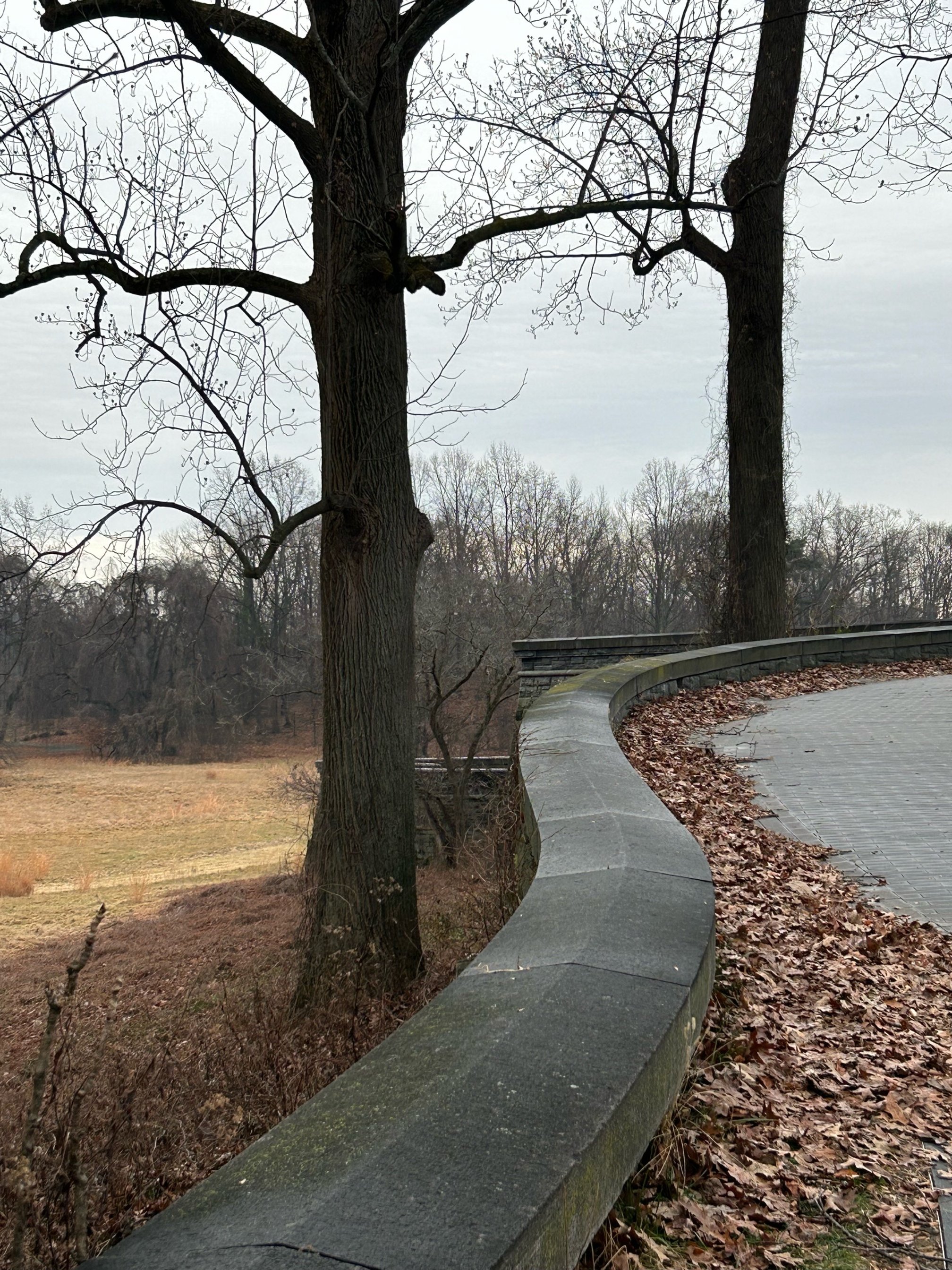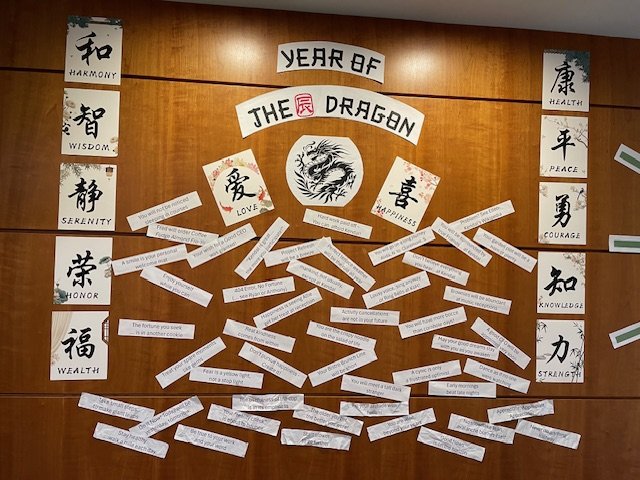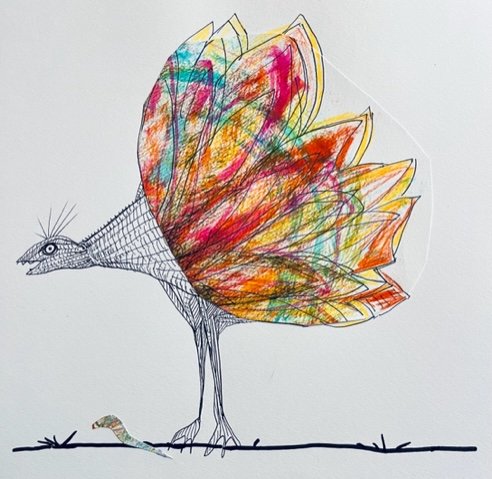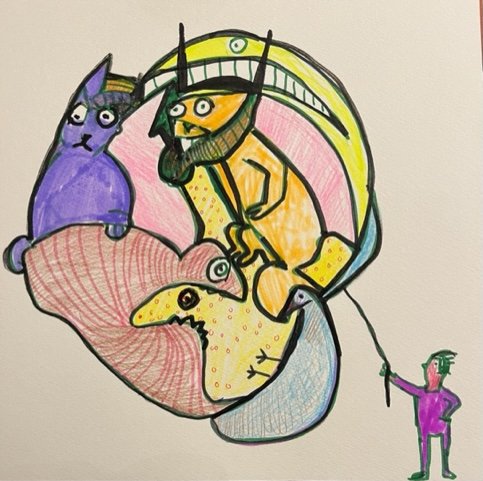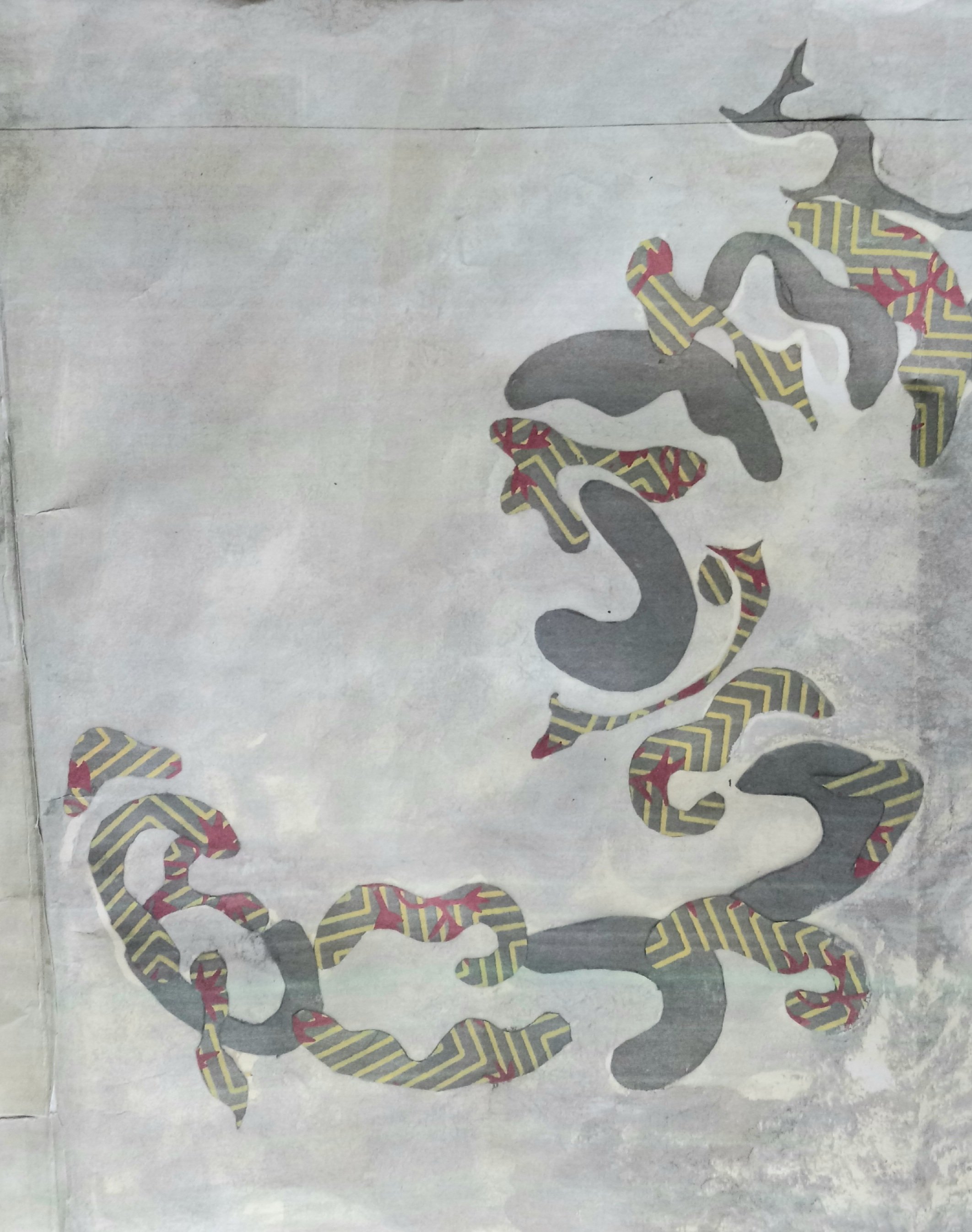National Pumpkin Pie Day celebrates the humble pumpkin pie, a national favorite in the US. The main season for eating pumpkin pie begins with the fall harvest and Halloween, travels on to Thanksgiving, and ends with Christmas, on what just happens to be National Pumpkin Pie Day. It is unclear why the holiday takes place when it does, but perhaps it’s just to give everyone one last chance to enjoy pumpkin pie before the new year.
People worldwide think of the pumpkin as a gourd used for savory dishes such as soups or pasta. But pumpkin is also delicious when doctored up to be eaten as a dessert. Pumpkin pie consists of a pumpkin filling that is a sweet, orange-to-brown pumpkin-based custard, made with fresh or canned pumpkin or a packaged pumpkin pie filling. It is commonly flavored with spices such as cinnamon, nutmeg, cloves, and ginger. Packaged pumpkin filling usually already has these spices in it. Pumpkin pie shells tend to be flaky, and usually don't have a top crust.
Pumpkins are native to the Americas. They were brought back to Europe by explorers in the 16th century and began to be cultivated there. Some of the Pilgrims who came to America in 1620 may have already been familiar with pumpkins, but if not, some form of pumpkin food was served at the harvest celebration the following year, and they would have learned of them then.
There were many types of early pumpkin pies. In a 1653 French cookbook, pumpkin pie was made by boiling pumpkin in milk and straining it, and then placing it in a crust. In 1670, Hannah Wooley’s Gentlewoman’s Companion called for alternating layers of apple and pumpkin, sweet marjoram, spiced rosemary, and thyme. An early New England recipe used no crust but instead used a hollowed-out pumpkin as a base. It had spiced sweetened milk and was cooked in a fire. Amelia Simmons’ American Cookery, first printed in 1796, had a pumpkin pie recipe similar to the popular custard version of today. It was called pompkin pudding.
The popularity of pumpkin pie rose in the early 18th century, coinciding with the rise in the celebration of Thanksgiving. The holiday and the pie were well-received in New England, but pumpkin pie was mainly a localized food until after the Civil War. As the debate over slavery heated up in the mid-19th century, many abolitionists from New England wrote about and referenced the food in books and other types of media. After President Lincoln proclaimed Thanksgiving as an official national holiday in 1863, many southerners saw both the holiday and the foods associated with it, such as pumpkin pie, as being forced on them. Southern leaders did not embrace Thanksgiving until after Reconstruction. As the holiday took hold country-wide, enjoyment of pumpkin pie spread with it.
Pumpkin pie has inspired countless pumpkin-pie flavored foods, including candy, beer, ice cream, and more. Starbucks’ Pumpkin Spice Latte has especially been popular in recent years. Today we celebrate the pumpkin pie, as well as those foods that are flavored like it.
December 26: National Candy Cane Day










